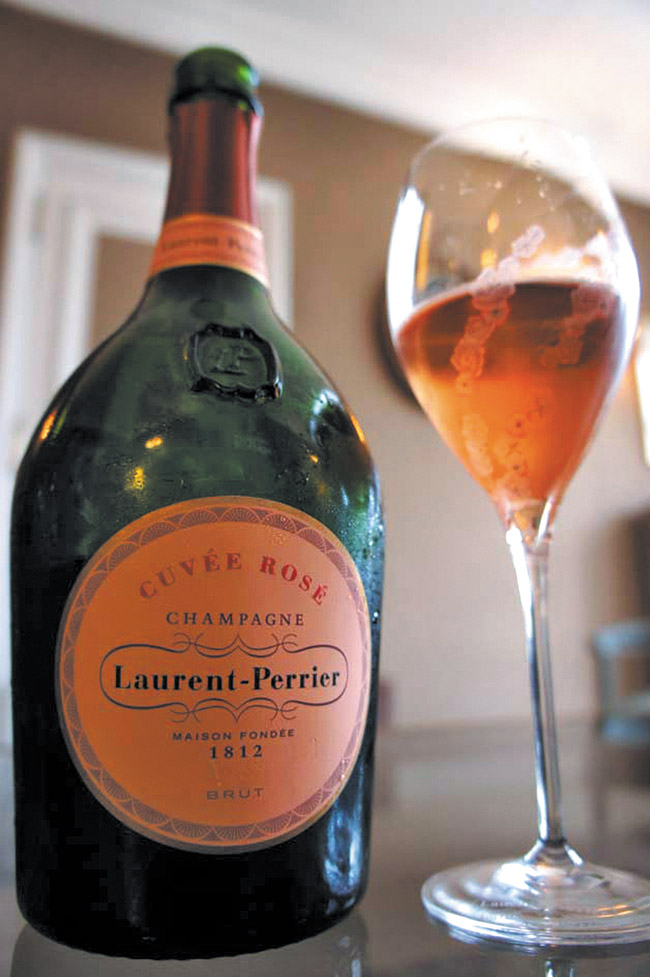How We Perceive Balance In Wines
Is perception really truth? Is everything you see, hear, feel, smell and taste the absolute truth? I have to wonder, because I am always questioning my own perceptions of reality. Is everything relative? If I don’t smell or taste something, is it not there? Or if I taste it and someone else does not, am I fooling myself?
I ask these questions because I, like many wine drinkers, search for balance in wine. For many, it is the most important attribute in the wine. But is balance an absolute, or is it more of a moving target?
I define a balanced wine as one that doesn’t have any characteristics that are out of place or any defining character that is obtrusive from all its other parts. In shorter terms, it is a wine that shows harmony. Balance, to me, is a quantifiable measurement. It takes into account acidity, tannin, alcohol (and body therein) and flavor. When all of these categories of the wine are in harmony, the wine is in balance. This does not take into account if they are all high or if they are all low, but if none of these is at a completely different level from all the others, the wine is in balance.
That being said, there are some grape varieties that one might say are intrinsically “out of balance.” Take Riesling, for instance. Riesling is naturally high in acid. So if Riesling has high acid and low alcohol (which most Rieslings do), is the wine really out of balance?
The short answer here is that we have to take each variety on its own merits and characteristics. Let’s take a red Zinfandel. Red Zins are typically higher in alcohol and lower in acid, but bridge the gap between these two with the amount of fruit. To expect a Riesling or Zinfandel to have equivalent acid and alcohol levels would be like asking for a Ferrari and expecting it to be slow and inexpensive. It just does not exist. One expects certain levels of these natural ingredients in the wine for each variety, so each particularity and typicity must be taken into account.
But for me, balance also is a qualitative statement. A balanced wine is better than a wine that is out of balance. This seems obvious and even natural, but you would be surprised at the number of wine drinkers who would prefer to have wines with tremendous amounts of flavor, no matter if it is fruit, oak or even earth. I also know drinkers who prefer higher amounts of alcohol and tannins, otherwise they deem the wines “wimpy.”
Add to this equation the differences in our palates. The differences in sensitivities to certain tastes, senses or flavors make a huge difference in our tasting experience. Our sensibilities can limit our experiences.
So should there be an absolute for “balance” in wine? I must say emphatically yes! There must be a point from which all other experiences, evaluations and opinions can spring or, more precisely, refer to. Those can all be relative, but they must have something exact to relate to in order for everyone to understand a frame of reference and context.
Recommendations: 2010 La Maialina Chianti ($10) OK, I’m going to say it. It’s the best “cheap” Chianti I’ve tasted outside of Italy. Spiced cherries for flavor, good structure and more than worth the money. Laurent Perrier Brut Rose ($99) Beautifully intense and chalky, this Champagne house crafts some very soulful Champagnes. The Rose is one of my favorites, generous, sexy even – it luxuriates on your palate. rviernes@southernwine.com






